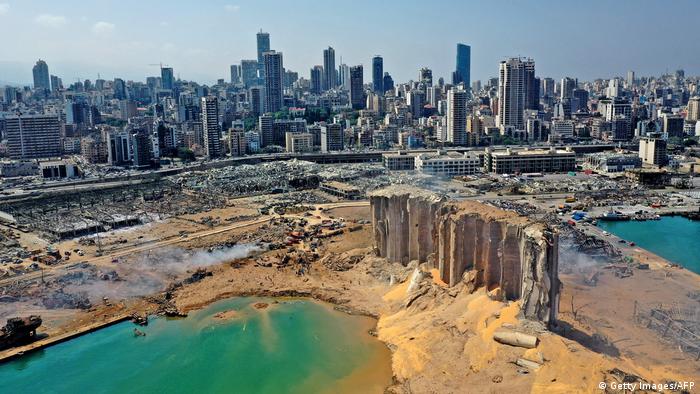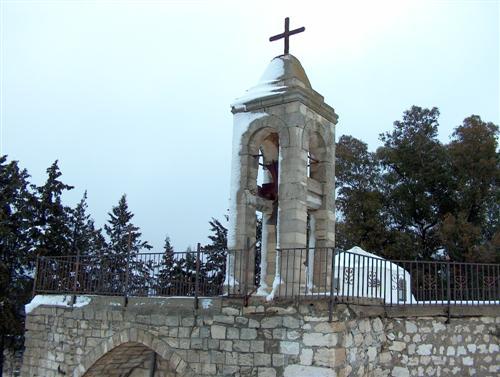
By By CHYRINE MEZHER — breakingdefense.com — BEIRUT: In this exclusive interview, the commander of the Lebanese Air Force, Brig. Gen. Ziad Haykal, tells Breaking D about the current strategies adopted to boost Lebanon’s ISR capabilities, the challenges encountered along the way and the Air Force’s plans for the future. Three Phase Plan:
Recently, the Army Command developed a strategic plan aiming at boosting the country’s aerial reconnaissance capabilities to the highest level possible for its land and naval border regiments, with the goal of surveilling the land and sea borders and curbing illegal activities, while also protecting gas platforms in the future. “This came on the heels of devoting our aerial reconnaissance capabilities to monitoring activities and movements of terrorists on the northern and northeastern borders, throughout the years of 2009 and until 2017 — which happened to be the end of “Fajr al-Joroud” Operation,” he explained. Back in August 2017, the Lebanese Army launched Operation Fajr al-Joroud — Dawn of the Outskirts — against Daesh (ISIS) positions on the outskirts of al-Qaa and Ras Baalbek towns, killing 35 militants in the process as they sought to eradicate the last vestiges of militant threats to national security. Divided into three stages, the plan links reconnaissance aircraft of all kinds with functional cutting operations rooms on one hand, and the army, air force and navy command operations rooms on the other. “This facilitates the decision-making process by increasing the awareness of activities around the target,” he said.


![The influential head of Lebanon's General Security apparatus, Abbas Ibrahim, is pictured during an interview at his office in the capital Beirut on July 22, 2020 [ANWAR AMRO/AFP via Getty Images]](https://i2.wp.com/www.middleeastmonitor.com/wp-content/uploads/2021/02/GettyImages-1228661941-scaled-e1612285499891.jpg?resize=1200%2C800&quality=85&strip=all&zoom=1&ssl=1)




